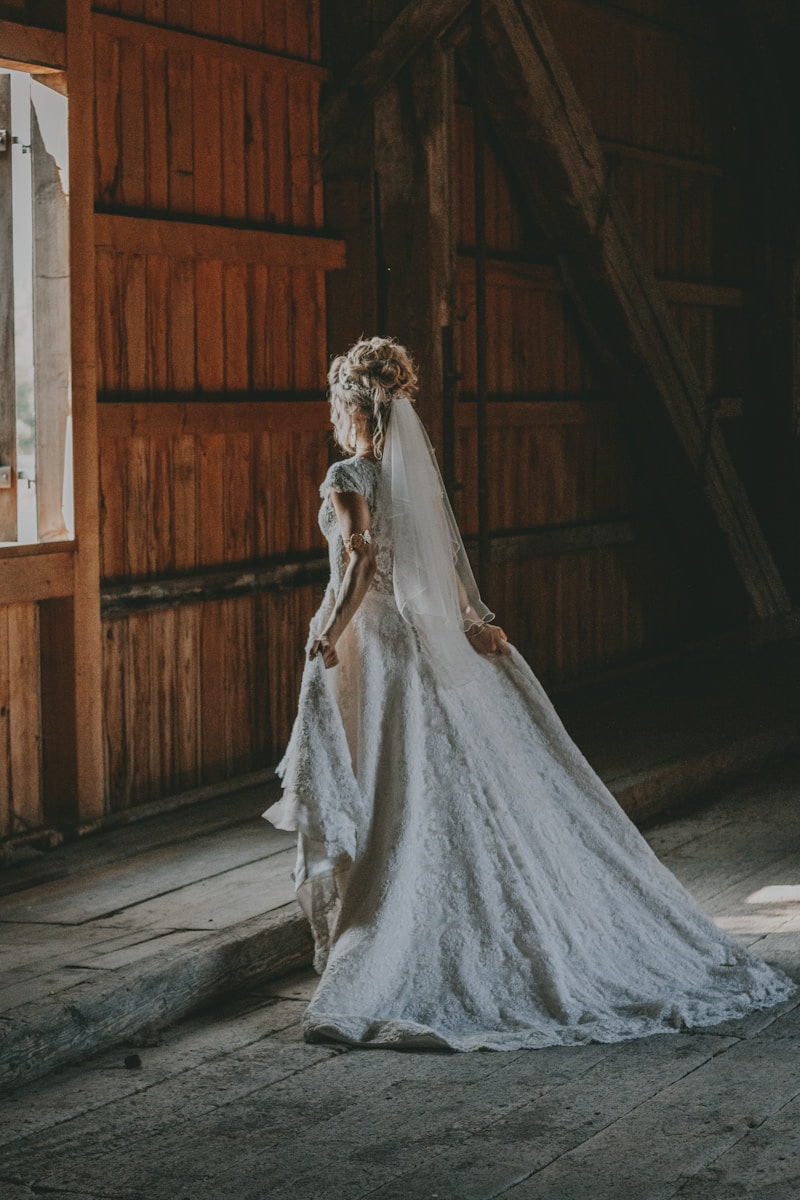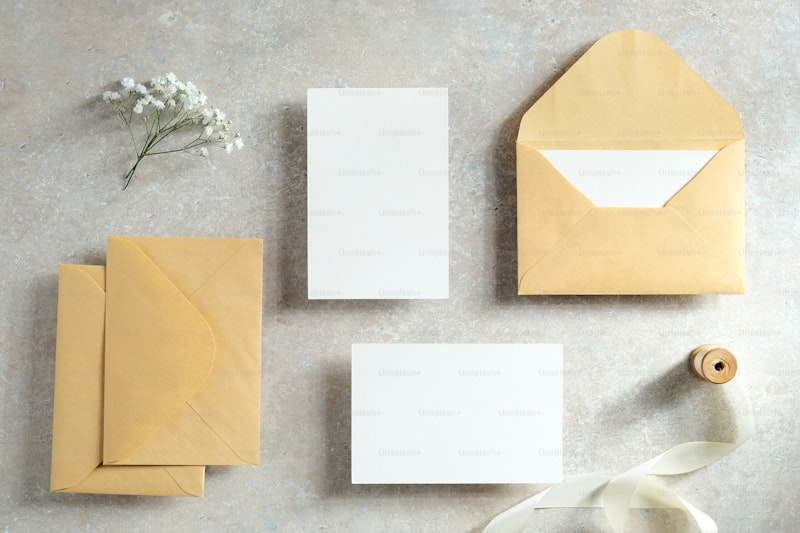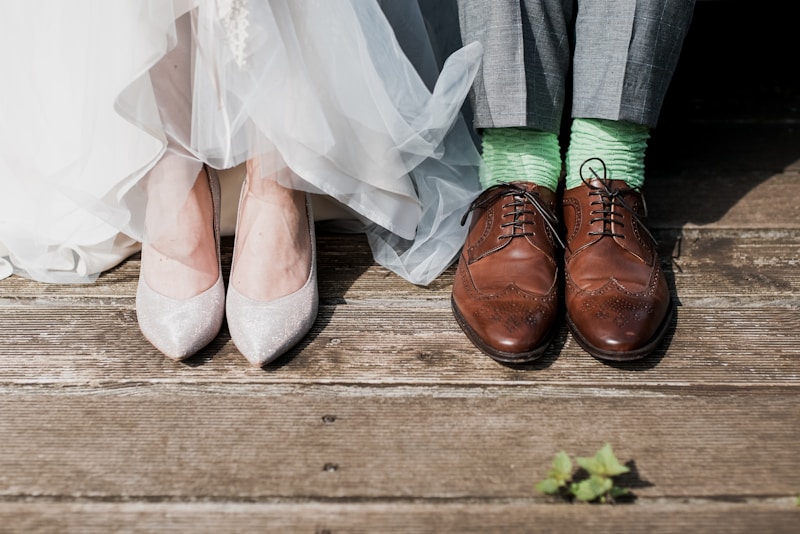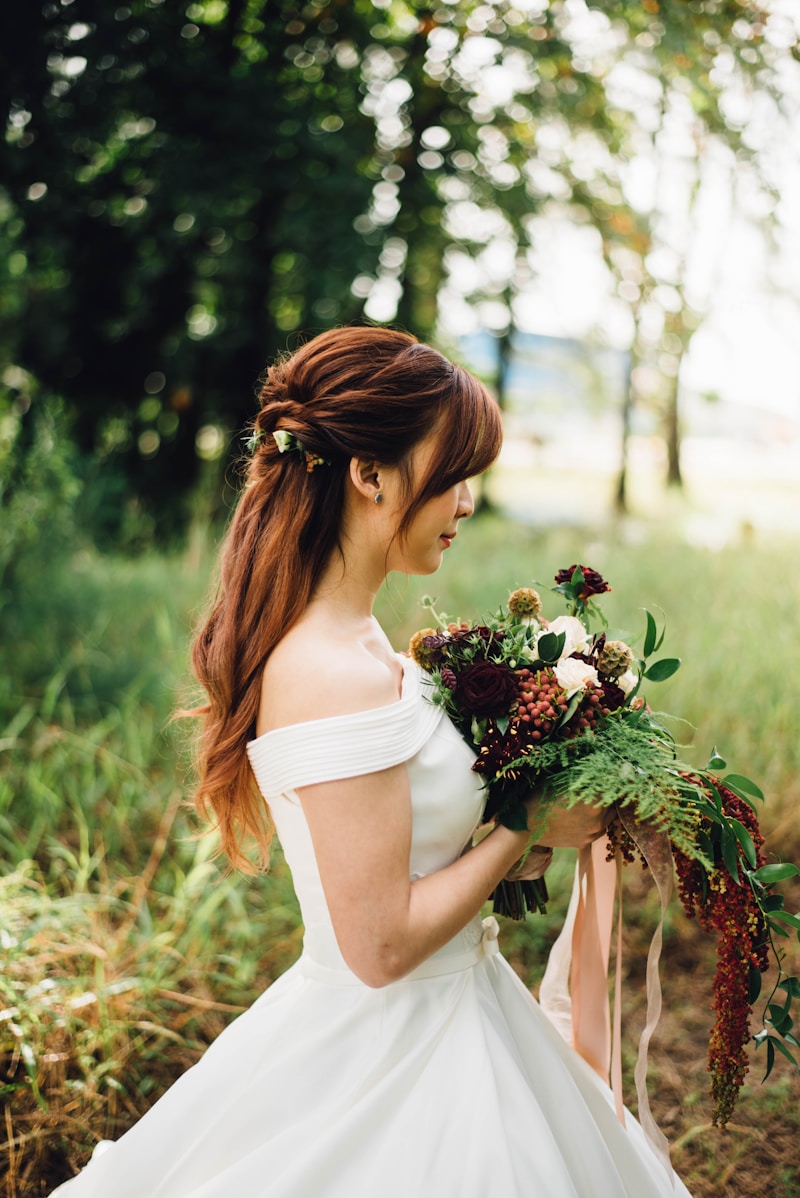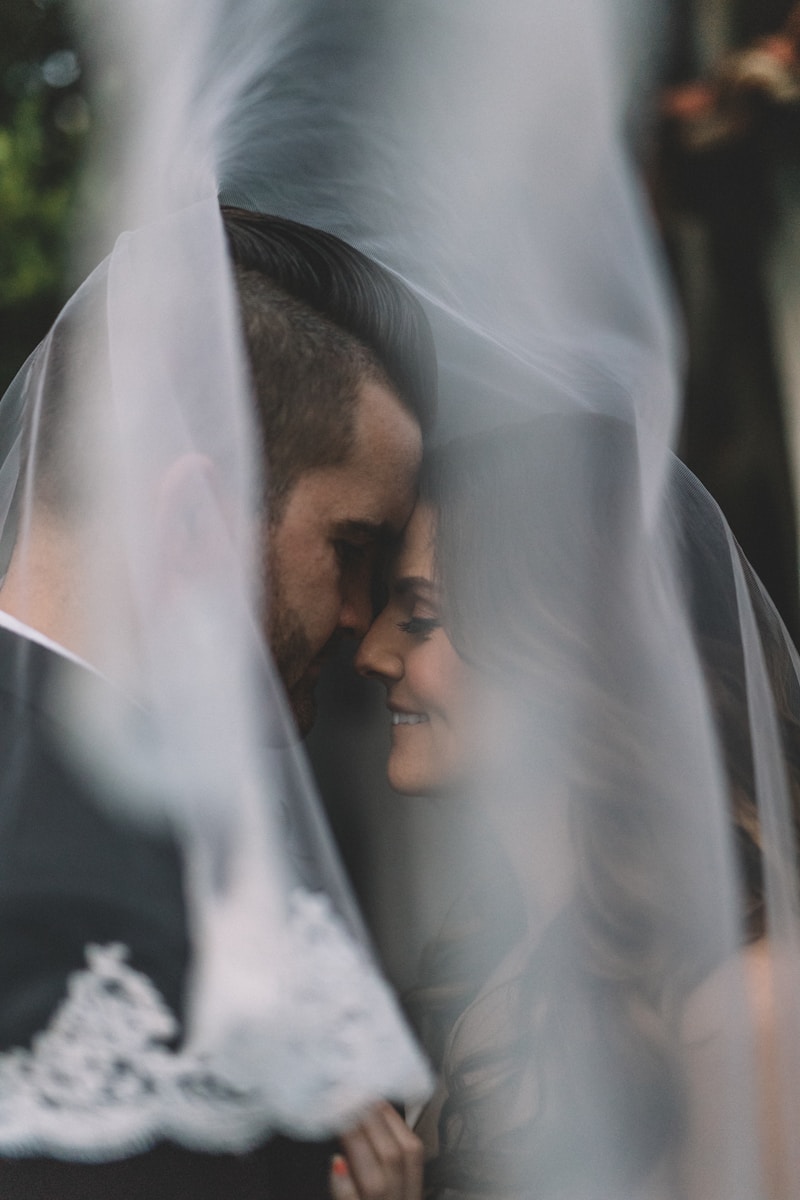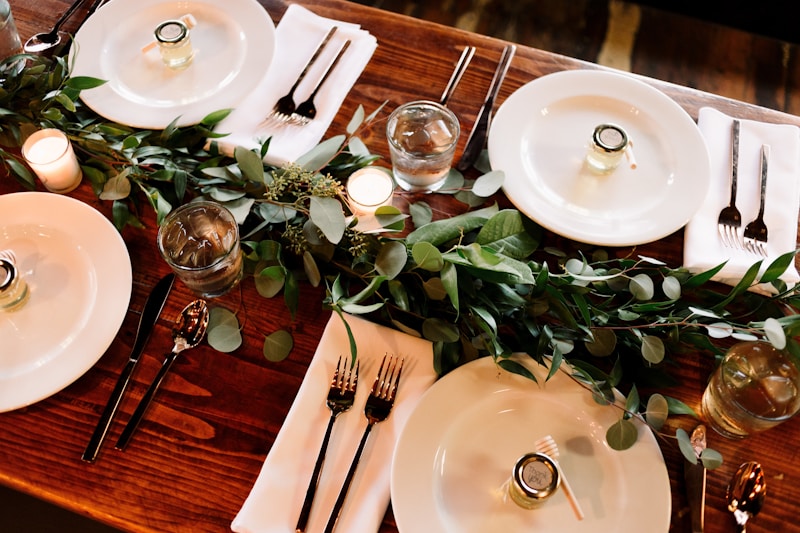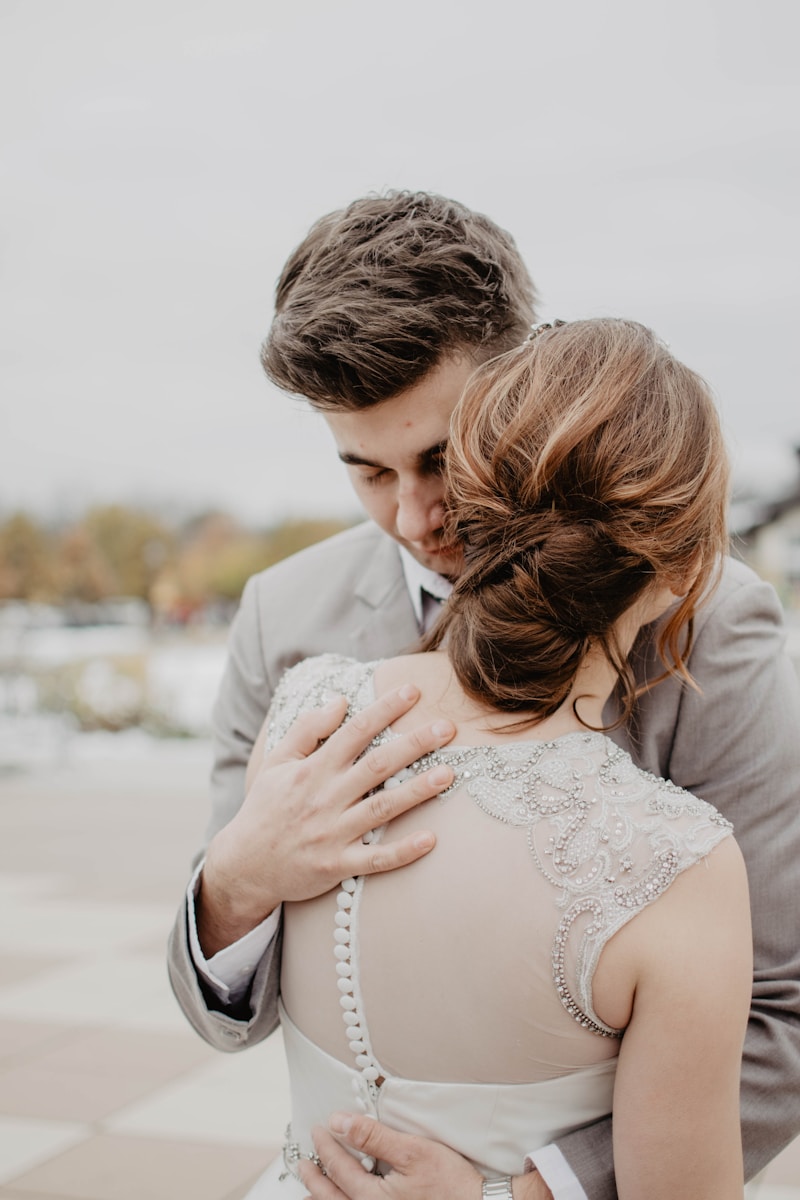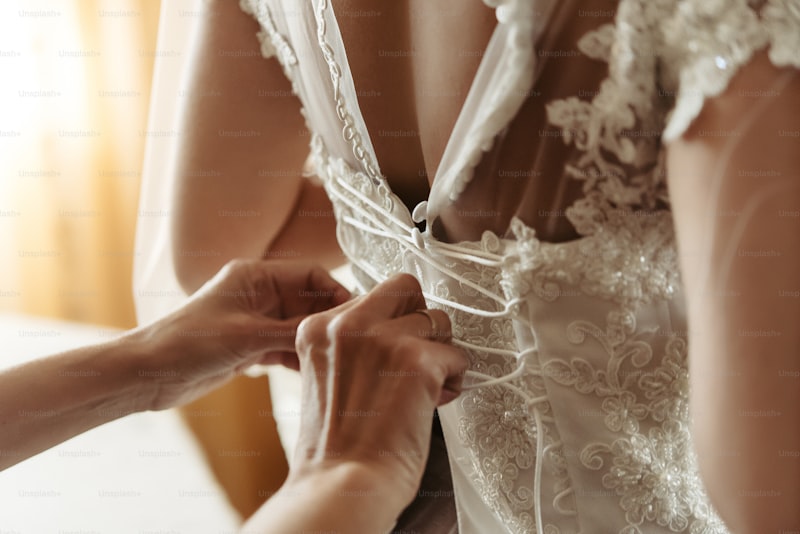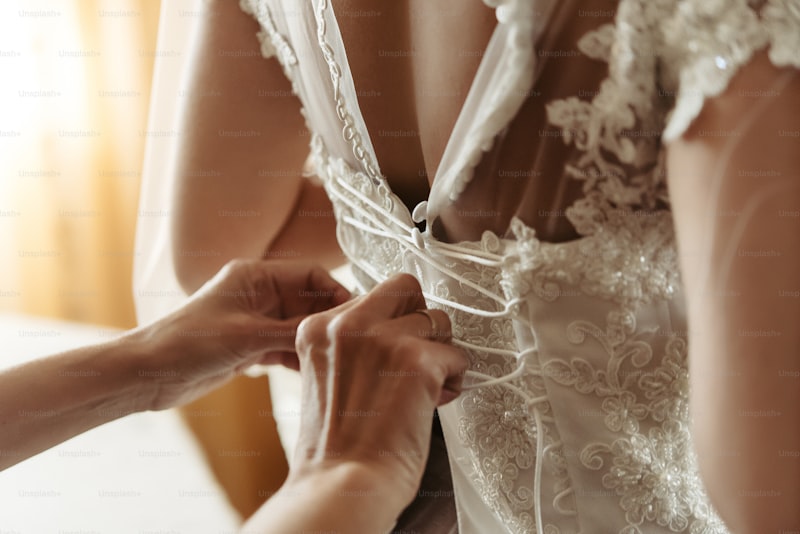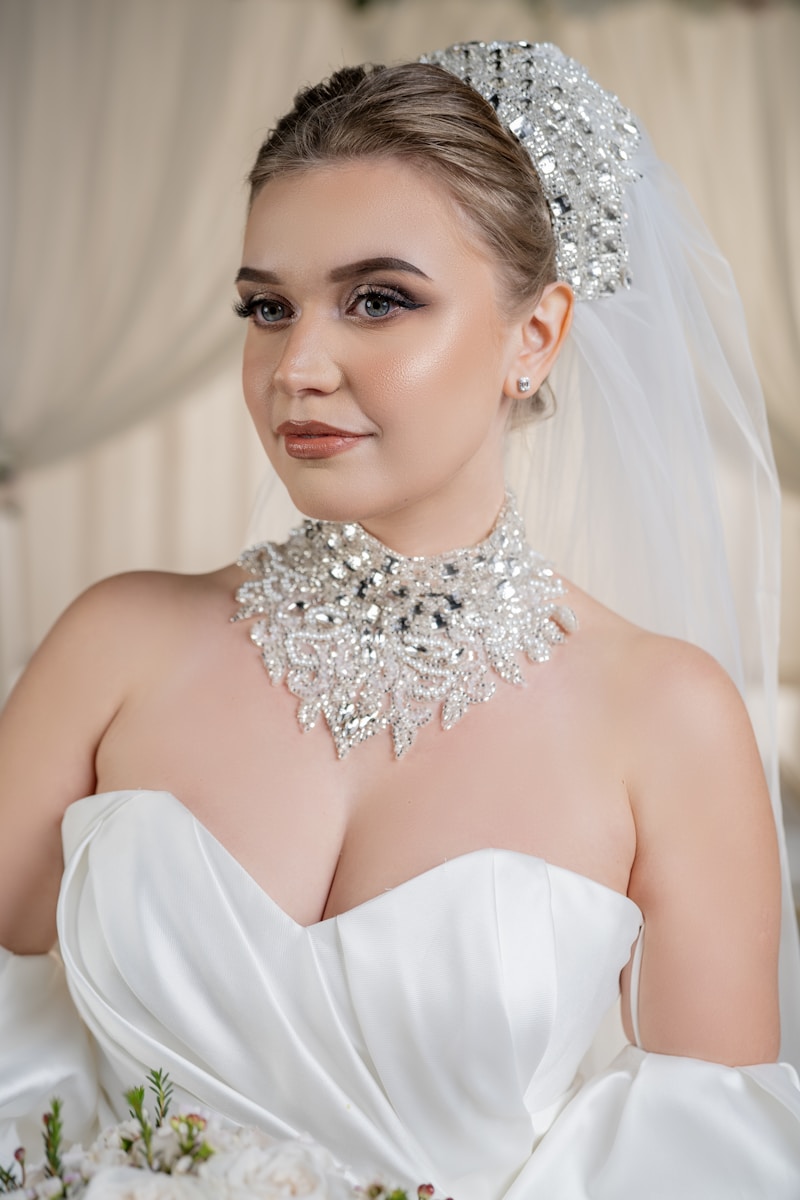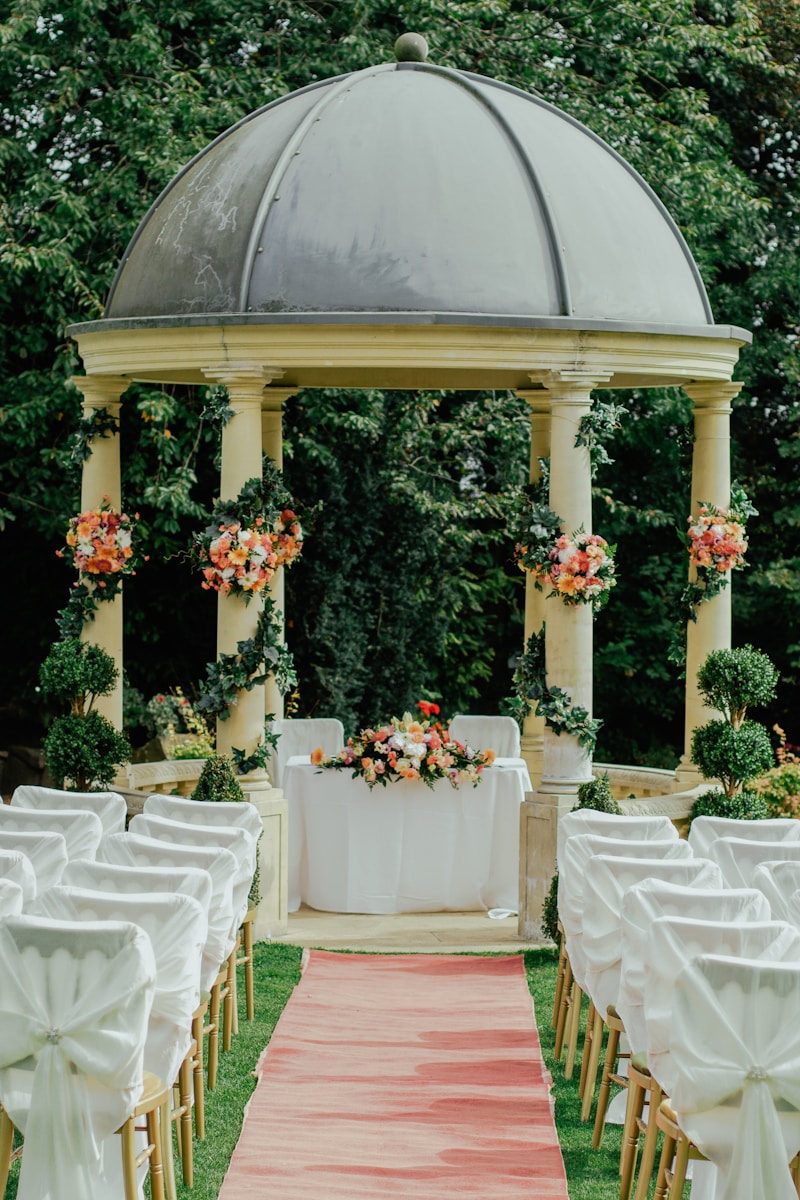Making the Most of Your Wedding Dress Budget: Tips for Budget-Conscious Brides
Understanding Your Wedding Dress Budget Planning a wedding can be both exciting and overwhelming, especially when it comes to budgeting for significant elements like the wedding dress. The average cost of a wedding dress can vary remarkably depending on the designer, style, and location, but with strategic planning, you can make the most of your wedding dress budget.The Importance of Setting a Realistic Budget Before diving into the wide array of options available, it's crucial to establish a budget that reflects not only the cost of the dress but also additional expenses such as alterations, accessories, and cleaning post-wedding. Setting a realistic budget helps in narrowing down choices and prevents overspending. Here's a simple breakdown: Expense Category Estimated Cost Wedding Dress $1,000 - $3,000 Alterations $50 - $300 Accessories (veil, shoes) $100 - $500 Cleaning & Preservation $100 - $300 Researching Wedding Dress Styles One of the key aspects of making the most of your wedding dress budget is to research various styles that fit within your budget. Utilize platforms like Pinterest and Instagram to gather inspiration while being mindful of your price range. Popular styles include: A-Line Dresses Ball Gowns Sheath Dresses Mermaid Styles By being clear about your preferences and wedding theme, you can focus your search on dresses that fulfill both your style and budget needs.Choosing the Right Time to Shop Your shopping timeline ...
Creative Cost-Saving Ideas for Brides: Plan Your Dream Wedding Without Breaking the Bank
IntroductionWeddings are often regarded as one of the most significant events in a person's life. However, planning a wedding can also lead to substantial financial pressure. In fact, the average wedding in the United States has been reported to cost over $30,000, making it essential for brides to explore creative cost-saving ideas to reduce expenses without compromising their dream day. In this article, we will dive into various strategies that brides can utilize to create a magical wedding while being mindful of their budget.1. Set a Realistic BudgetThe first step in planning a cost-effective wedding is to establish a realistic budget. This will help you prioritize your spending and allocate funds to different aspects of the wedding effectively. Consider the following breakdown to create your budget:CategoryPercentage of Total BudgetVenue30%Catering25%Attire10%Photography10%Decorations10%Miscellaneous5%Unexpected Expenses10%2. Choose an Off-Peak DateWedding dates can significantly impact costs. Consider choosing an off-peak season or a weekday for your wedding. Venues and vendors often offer discounts during these times, which can lead to considerable savings. Additionally, a less popular date may provide you with more options when it comes to vendor availability.3. DIY Decor and InvitationsCreating your own decorations and invitations can not only save you money but also add a personal touch to your wedding. Consider engaging your friends and family in the planning process...
How to Identify a Value Wedding Dress: Your Ultimate Guide
Finding the perfect wedding dress is a journey every bride embarks on with joy and anticipation. However, identifying a value wedding dress—one that not only looks stunning but is also budget-friendly—can be challenging. This article will guide you through the essential steps for recognizing a value wedding dress, ensuring you feel beautiful on your special day without breaking the bank.Understanding Value vs. Costly Wedding DressesBefore delving into how to identify a value wedding dress, it’s crucial to understand what value means in this context. A value wedding dress is not merely a low-priced dress; it's one that offers quality, style, and comfort at an affordable price. Let's examine the key differences:AspectValue Wedding DressCostly Wedding DressPrice RangeUnder $1,500Above $3,000MaterialsHigh-quality fabrics, but may include some synthetic blendsLuxury fabrics like silk, satin, and laceDesignTrendy yet timeless stylesDesigner labels with unique and intricate designsDurabilityGood durability with proper careExceptional craftsmanship aimed at longevityKey Features of a Value Wedding DressWhen searching for a value wedding dress, keep an eye out for the following features:1. Quality MaterialLook for dresses made from quality materials. While expensive dresses may feature luxurious silk or intricate lace, a value wedding dress can still utilize great fabrics like taffeta or cotton blends that offer comfort and style without exorbitant pricing.2. Classic SilhouettesValue ...
The Financial Aspect of Choosing a Wedding Gown
Understanding the Costs Behind Your Dream Wedding GownWhen planning a wedding, one of the most significant decisions a bride can make is choosing her wedding gown. While the style, fabric, and designer are undoubtedly important, the financial aspect of choosing a wedding gown is equally critical. This article will break down the various costs associated with wedding gowns, discuss budgeting tips, and provide insights to help brides navigate their options without financial stress.Cost Breakdown of Wedding GownsThe price of wedding gowns can vary widely based on numerous factors, including designer, fabric, location, and even timing. Below are the major components that contribute to the overall financial aspect of choosing a wedding gown:ComponentAverage Cost RangeDesigner Gowns$1,000 - $7,000+Off-the-Rack Gowns$150 - $3,000Alterations$100 - $600Accessories (Veil, Jewelry)$100 - $1,500Cleaning & Preservation$100 - $300Designer vs. Off-the-Rack GownsChoosing between a designer gown and an off-the-rack option can significantly impact your wedding budget. Designer gowns are often crafted with high-quality materials and exquisite details, resulting in a price tag that can soar into the thousands. In contrast, off-the-rack gowns can offer similar styles at a fraction of the cost, making them an appealing option for budget-conscious brides.Understanding Alteration CostsIt's essential to factor in the cost of alterations when budgeting for your wedding gown. While the initial price ma...
Determining Your Ideal Wedding Dress Price Range: A Comprehensive Guide
Understanding the Cost of Wedding DressesChoosing a wedding dress is one of the most significant decisions for any bride-to-be. However, with so many options available, determining your ideal wedding dress price range can feel overwhelming. In this guide, we’ll explore how to set a budget, understand the factors that influence wedding dress prices, and provide tips for finding the perfect dress without breaking the bank.The Importance of Setting a BudgetBefore you start browsing for your wedding dress, it’s essential to establish a budget. This will help you narrow down your choices and avoid the stress of overspending. Here are a few reasons why setting a budget is important: Financial Planning: Knowing your budget allows you to manage your overall wedding expenses more effectively. Time Management: With a clear price range in mind, you’ll spend less time trying on dresses that exceed your budget and more time finding the right one. Realistic Expectations: Understanding what you can afford will help prevent disappointments when you find a dress that is out of your price range.Factors Affecting Wedding Dress PricesSeveral factors can influence the cost of a wedding dress. Being aware of these elements can help you make informed decisions:FactorDescriptionDesigner BrandsHigh-end designers often charge a premium for their signature styles, which can significantly inflate the price.Fabric and MaterialLuxury fabrics like silk or lace can be more expensive than standard p...
Exploring Budget-Friendly Wedding Dress Alternatives: A Guide for the Savvy Bride
Weddings are one of the most cherished moments in our lives, but the costs associated with them can often lead to financial stress. Among the most significant expenses for a wedding is the bridal gown. However, finding a stunning dress doesn’t have to break the bank! In this article, we will explore budget-friendly wedding dress alternatives that will ensure you look fabulous on your special day without overspending.Why Consider Budget-Friendly Wedding Dress Alternatives?Planning a wedding involves numerous financial considerations. With venue, catering, photography, and other essentials demanding attention, it’s wise to think about how you can save on your wedding dress. Budget-friendly alternatives offer various advantages: Cost Savings: Choosing an affordable dress can leave room in your budget for other important areas, such as your honeymoon or the guest list. Unique Choices: Many budget-friendly options allow you to explore unique styles that stand out from traditional gowns. Environmental Impact: Opting for sustainable or second-hand dresses often reduces your wedding's environmental footprint.Types of Budget-Friendly Wedding Dress AlternativesThere are numerous dresses available that won’t cost you a fortune. Here’s a rundown of some of the most popular budget-friendly wedding dress options: Dress Type Description Average Cost Second-Hand Dresses Using platforms like Poshmark or local thrift shops to find a beaut...
Calculating the Total Cost of Wedding Attire: Your Comprehensive Guide
Weddings are magical events filled with love, joy, and unforgettable moments. However, amidst all the excitement, planning a wedding can also be a daunting task, especially when it comes to budgeting for wedding attire. This article will help you navigate the process of calculating the total cost of wedding attire, ensuring you understand every aspect involved in this significant investment.Understanding Wedding Attire CostsWedding attire typically includes outfits for the bride, groom, and sometimes the bridal party. Each attire comes with its own set of costs, which can vary widely based on various factors such as style, designer, and location. It’s crucial to plan each section carefully to stay within your desired budget.1. Components of Wedding AttireAttire TypeEstimated CostFactors Affecting CostBride's Dress$1,000 - $4,000Designer, Fabric Quality, CustomizationBride's Accessories$200 - $1,500Veil, Shoes, JewelryGroom's Suit$300 - $2,000Designer, Fabric Quality, Rental vs. PurchaseBridal Party Attire$150 - $500 per personStyle, Designer, CustomizationOther Accessories$100 - $600Ties, Cufflinks, Boutonnieres2. Calculating the Total Cost of AttireOnce you have an understanding of the various components that make up wedding attire, you can start calculating your total costs. Here’s a step-by-step guide to help you:Assess Your Budget: Determine how much you can realistically afford to spend on wedding attire.List All Attire: Include attire for the bride, groom, and bridal p...
Bridal Measurements for Perfect Fit: Your Ultimate Guide to a Flawless Wedding Day
Understanding Bridal Measurements for the Perfect FitPlanning a wedding comes with endless to-do lists, and one crucial aspect that brides should focus on is their bridal measurements. Getting accurate measurements ensures that your wedding dress fits perfectly, so you feel confident and beautiful on your big day. In this article, we will guide you through the essential bridal measurements needed for your perfect fit, along with tips and tricks to help simplify the process.Why Accurate Bridal Measurements MatterChoosing a wedding dress is an exciting part of the planning process, but it can quickly become overwhelming if the fitting isn't right. Here are reasons why bridal measurements are crucial: Comfort: A well-fitted dress allows for ease of movement throughout your wedding day. Confidence: Wearing a dress that fits perfectly boosts your confidence, helping you showcase your joy. Flattering Silhouette: Accurate measurements ensure that the dress complements your body shape beautifully. Alterations: Even if your dress is custom-made, minor adjustments are often required; accurate measurements help ease this process.Essential Bridal MeasurementsWhen measuring for your wedding dress, it's best to have someone assist you, or you can visit a professional for accuracy. Below are the key measurements you'll need: Measurement Description Bust Measure around the fullest part of your bust, ensuring the measuring tape is parallel t...
Understanding Wedding Dress Sizes: A Comprehensive Guide for Brides
Introduction to Wedding Dress SizesChoosing the perfect wedding dress is one of the most significant decisions a bride will make on her special day. However, understanding wedding dress sizes can be a daunting task. With various sizing systems and potential alterations, brides-to-be often find themselves confused about what size to choose. This guide aims to clarify every aspect of wedding dress sizes, ensuring that you find the gown of your dreams.Why Wedding Dress Sizes are ImportantThe right wedding dress size can make all the difference in how you feel on your big day. A well-fitted gown boosts your confidence and allows you to move comfortably. Conversely, selecting the wrong size can lead to discomfort and can detract from your overall experience. Understanding wedding dress sizes can help you avoid common pitfalls, ensuring you have a positive shopping journey.Different Sizing SystemsBefore delving deep into specific sizes, it's crucial to note that wedding dress sizes can differ significantly from standard clothing sizes. Here are some common sizing systems you may encounter:Sizing SystemDetailsUS SizesTypically range from 0 to 30+, with an average size being around 8-12 for bridal gowns.UK SizesOften appear smaller by two sizes compared to US sizes (e.g., a UK 10 is a US 6).European SizesThese sizes are often based on measurements in centimeters (e.g., a EU 36 corresponds to a US 4).Bridal SizesBridal sizes can be very different from retail sizes; gowns are often cut...
How to Choose the Right Bridal Size: A Comprehensive Guide for Every Bride
The Importance of Choosing the Right Bridal SizeChoosing the right bridal size is crucial for any bride-to-be. Not only will it affect the overall look and feel of the wedding dress, but it will also impact the bride's comfort on one of the most important days of her life. With so many styles, fabrics, and sizing options available, it can often feel overwhelming. In this guide, we'll walk you through the entire process, ensuring that you find the perfect size for your special day.Understanding Bridal SizingBefore we dive into how to choose the right bridal size, it's essential to understand that bridal sizing differs significantly from regular clothing sizes. Bridal sizes often run smaller than the average dress size. For example, a size 10 in everyday clothing might translate to a size 12 in bridal wear. This sizing quirk is thanks to the industry standard, which varies among designers and stores.Factors to Consider When Choosing Bridal SizeFactorDescriptionBody MeasurementsTake accurate measurements of your bust, waist, and hips. Use these figures to find the right size according to the designer's sizing chart.Style of DressDifferent styles (A-line, ball gown, mermaid, etc.) fit differently. Consider how much room you'll need for comfort and movement.Seamstress AdjustmentsRemember that most dresses can be altered. It's better to have a slightly larger size than one that is too small.Fabric TypeSome fabrics, like satin or silk, have little stretch, while others like lace or ...
Bridal Size Adjustment Tips: Achieving the Perfect Fit for Your Dream Dress
Your Ultimate Guide to Bridal Size AdjustmentFinding the perfect wedding dress is often a journey filled with excitement, anticipation, and a dash of anxiety. Among the many considerations a bride must tackle, ensuring the dress fits flawlessly is paramount. Whether you're a bride-to-be who has just found “the one,” or someone helping a loved one navigate this crucial detail, understanding bridal size adjustment tips is essential. This article will explore the best approaches and practical advice to help you achieve the ideal fit for your bridal gown.Understanding Bridal SizesBefore diving into adjustment tips, it's essential to grasp the basics of bridal sizing. Bridal sizes often differ from regular clothing sizes, which can lead to confusion. These variations can result from numerous factors, including the design of the dress, the cut, and the materials used. Below is a comparison table to illustrate these differences:Standard SizeBridal SizeComment610Bridal sizes tend to run smaller, with a difference of 2-4 sizes.812Commonly, brides choose larger sizes for alterations.1014Consult size charts from specific designers for accuracy.Factors to Consider for Size AdjustmentWhen considering bridal size adjustments, several factors come into play. Understanding these elements can help ensure a smoother fitting process:1. Fabric and DesignThe choice of fabric heavily impacts how a dress can be adjusted. Some materials, such as lace or silk, allow for more flexibility in alteration...
Understanding Common Size Charts for Wedding Dresses: A Complete Guide
Shopping for a wedding dress can be one of the most exciting yet daunting tasks for brides-to-be. With numerous styles, fabrics, and designers to consider, one crucial element that can greatly impact your shopping experience is understanding common size charts for wedding dresses. In this article, we'll dive deep into these size charts, how they vary among different designers, and what you should keep in mind while selecting the perfect gown.Why Size Charts MatterUnlike standard apparel, wedding dresses often come with their own unique sizing conventions. Understanding these common size charts for wedding dresses ensures that you choose a gown that fits you well, reducing the need for extensive alterations post-purchase. Many brides may not realize that bridal sizes typically differ from regular clothing sizes. For instance, a size 6 in regular clothing may translate to a size 10 or 12 in bridal wear. Knowing this can prevent unnecessary confusion and disappointment.Common Size Charts OverviewMost wedding dress designers provide size charts that correspond to body measurements. Here's an example of a common size chart:Bridal SizeBust (inches)Waist (inches)Hips (inches)032-3324-2534-35233-3425-2635-36434-3526-2736-37635-3627-2837-38836-3728-2938-391037-3829-3039-401238-3930-3140-41How to Measure Yourself for a Wedding DressBefore diving into the size charts, taking accurate measurements is essential. Here’s a guide on how to measure:Bust: Measure around the fullest part of you...
